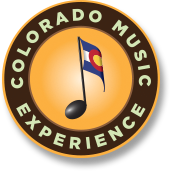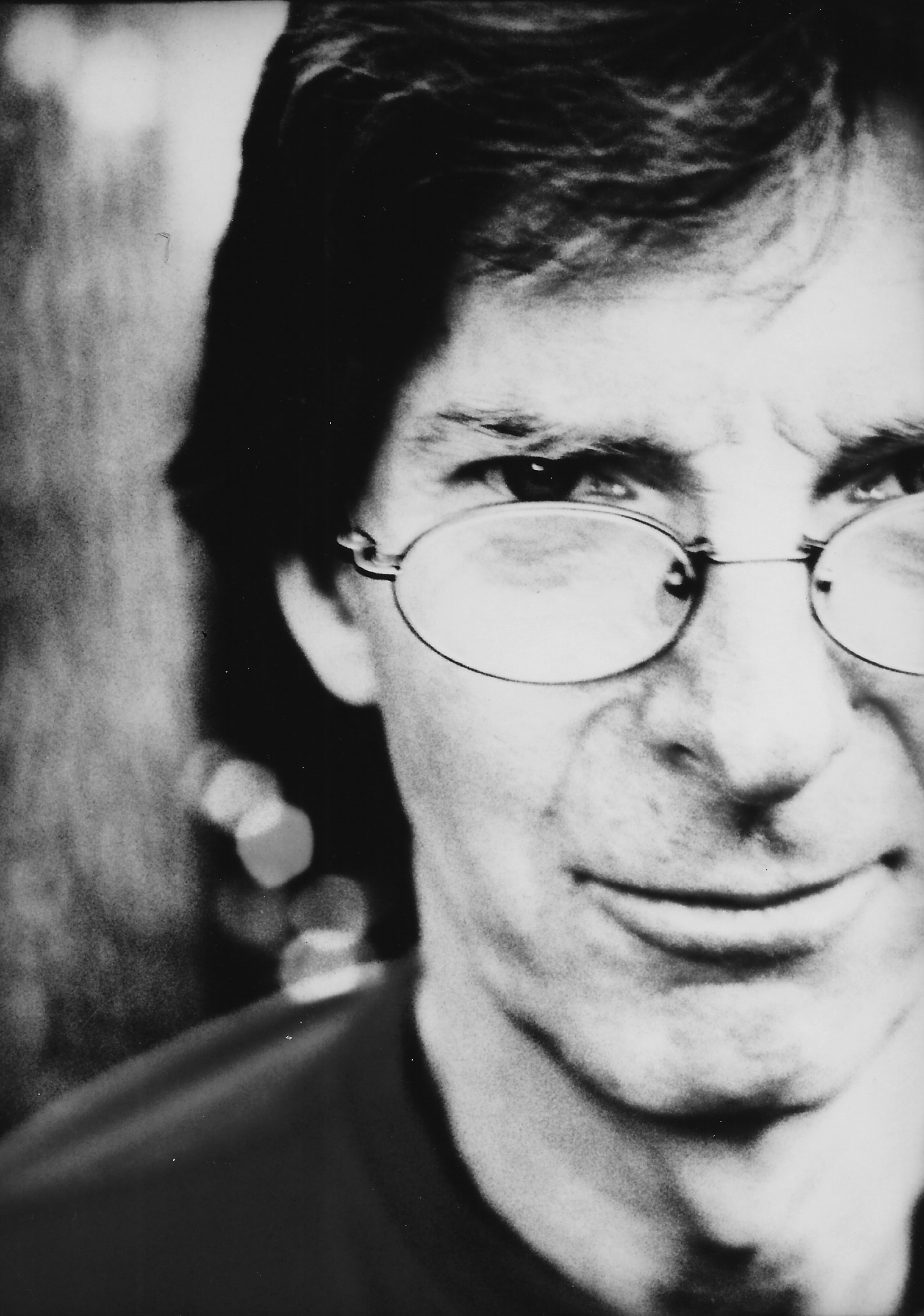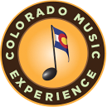Bassist Phil Lesh, a founding member of the Grateful Dead, died on October 25, 2024. He was 84 years old.
Lesh spent three decades touring virtually nonstop as part of the psychedelic journey of the Grateful Dead. Following the dissolution of the legendary San Francisco band after the death of iconic guitarist Jerry Garcia in August 1995, he hosted Phil Lesh & Friends tours. At most every show, Lesh kicked off each encore with a brief monologue urging everyone in the audience to declare themselves organ donors—he had suffered from hepatitis-C and received a liver transplant in 1998. Lesh had friends, indeed.
Before Garcia’s demise, there were portentous signs that the once tractable Deadhead scene, dedicated to rock’s biggest circus, was grinding to a halt, shaken into profligate, wanton behavior. But the good-natured Lesh never ended his relationship with the true fans. Circa 1997, Dead alumni—guitarist Bob Weir, drummer Mickey Hart and Lesh with pianist Bruce Hornsby (who toured with the band in later years)—convened to hit the road as the Other Ones, named after an early Dead tune.
“Then I got sick,” Lesh said. By the following fall, his battle with hepatitis-C was made public. He was at death’s door, but he made a marvelous recovery from transplant surgery, which he ascribed to the outpouring of spiritual support and well-wishes from the millions of Grateful Dead fanatics around the world.
“I had to decide what was important to me. One of the main things was the amount of love and healing energy and prayer that was sent to me by the Deadheads—it was palpable, especially during the time of my operation and just afterwards. I could feel it, and it brought me back really quickly. To me, they’re the salt of the earth. I owe them everything, including my life. Right now, I’m as good as new, if not better,” he said. “My illness and the way Deadheads responded to it brought them closer together as a community. That, to me, is the real payoff. I’m in great shape, but they’re in great shape, too—they know it’s important that they communicate and do for each other.”
By December, Lesh was on the road after his surgery, performing eight dates on the “Summer Session ’99” festival tour that featured hot talent on the grassroots jam scene. Performances included dates at Denver’s Fillmore Auditorium and Red Rocks Amphitheatre. He’d gotten reacquainted with the music as an audience member, becoming aware of the next generation of bands inspired by the Grateful Dead.
“Since ’95, that whole ‘jam band’ scene has flourished and come to the surface of the culture,” Lesh said. “That’s a great thing, because that’s the most interesting musical direction that I can imagine. Three-minute songs don’t do it for me. “I discovered the massive pool of musicians out there who love the Dead’s material and get off playing it whenever they can. I’m trying to tap into that concept of treating it as repertoire material, and finding new doors, as it were, from these guys and myself.”
After a two-year absence, the Other Ones revived with a new lineup, but Lesh, then 60, opted out of the tour. He had problems with the group’s philosophies, including management of the Dead’s vast archive of live tapes. As Phil Lesh & Friends, he forged ahead on the road with a wide range of guests, from various Dead collaborators to members of jam bands such as the Allman Brothers Band, String Cheese Incident and Phish, mining the huge repertoire of Grateful Dead music in his continuing pursuit of improvisation.
“I have issues with the Grateful Dead on every level, but that’s not why I’m doing what I’m doing. I’m doing what I’m doing because the music demands it. It wants to happen this way,” he said when Phil Lesh & Friends returned to the Fillmore Auditorium in 2000. “The concept is to allow the music to be interpreted by various groups of musicians. And each lineup has its own personality. I hate to be too graphic, but I would say that these guys eviscerate these tunes and read the entrails, to find their new meaning. I’m the chief soothsayer, the rune reader, the tea-leaf shaman or whatever. These guys have prompted me to approach this in a way I’ve always wanted to, to take each song as something that can connect to anything else within the constraints of key, lyric and rhythmic character.
“I’m working on compositional projects using various Dead songs as elements, as well as projects that don’t have anything to do with Grateful Dead music. I’ve got enough to keep me busy for two more lifetimes.”


